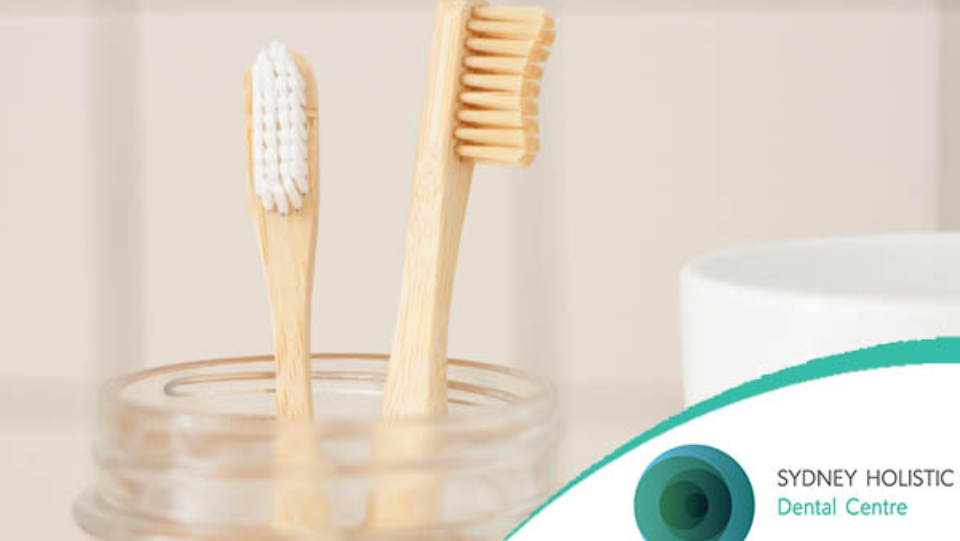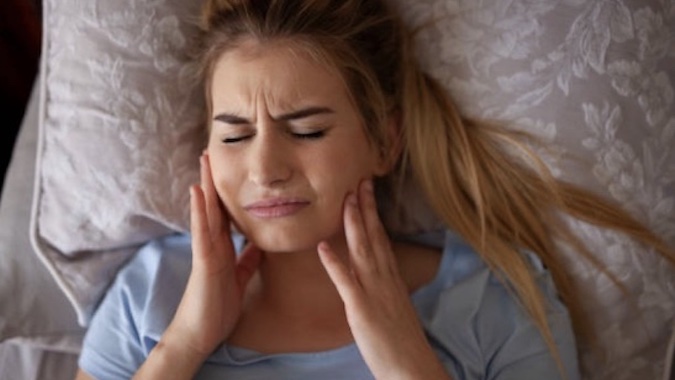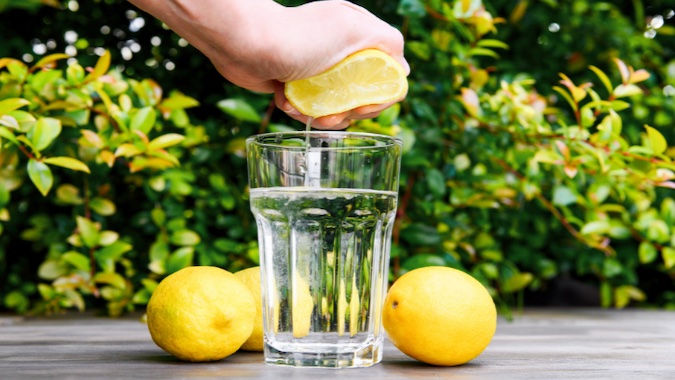What does a good oral hygiene routine look like?
What does a good oral hygiene routine look like?

We talk a lot about good oral hygiene and the importance of it. But what are we referring to when we say ‘good oral hygiene’? And what does a good oral hygiene routine look like?
What is good oral hygiene?
Good oral hygiene refers to the regular cleaning and care of the oral cavity. Everything we eat and drink goes through our mouth, as a result, it is consistently exposed to a variety of substances. Some of these, such as sugar, can be damaging to the teeth. By practising regular oral hygiene and keeping the oral cavity clean, the impact of these can be greatly reduced. Good oral hygiene is essential for better general and oral health outcomes.
The routine:
The following routine is what we should all be doing as a minimum for our oral health. Depending on your own oral health this routine may have additional steps. Implants, fillings, gum disease or appliances (such as braces or Invisalign) may require you to practice a higher level of oral hygiene. Please consult your health practitioner to help assess your individual needs.
- Brush your teeth twice a day – frequent brushing disrupts plaque and harmful bacteria. You should brush your teeth using a soft bristled brush for at least two minutes morning and night. Start at the back of your mouth, holding your toothbrush at a 45* angle and brush in small circular movements. Brush gently as not to damage the enamel on your teeth or cause irritation to your gums.
- Floss at least once a day – while brushing your teeth is essential, it doesn’t reach the spaces between your teeth or at the gum line. Flossing or using an interdental brush will help remove plaque between your teeth. Ask your hygienist or dentist to demonstrate the correct way to floss at your next appointment.
- Drink water – Opting for water over other sugary drinks such as sports drink, juices or soft drinks will better protect your teeth from decay.
- Limit the consumption of sugary snacks – foods containing sugar feed the bacteria in your mouth that causes decay. Reducing your intake of these foods are not only a good choice for your teeth but also your general health
- Regular check-ups – plaque can build up over time despite our best efforts with flossing and brushing. Therefore every 6 months visiting your oral hygienist or dentist will allow for a deeper clean and removal of those harder deposits.
The best way to ensure you are practising good oral hygiene is by visiting your dentist or oral hygienist. They will be able to assess your mouth and identify any areas that you may be missing. Your practitioner will also ensure you are using the correct technique.


